Breathing clean air is no longer a guarantee in the United States. Many of our most populated metropolitan areas, as well as some surprisingly less populated regions are considered to have unhealthy levels of ozone and particle pollution. According to the American Lung Association, 131.8 million people live in an area that gets an “F” rating on air quality. Major health risks such as asthma, heart attack, lung cancer, overall cardiovascular health, low birth weight, infant mortality and even premature death have all been linked to breathing polluted air.
There are a variety of factors that contribute to air pollution. Combustion engine vehicles such as cars, trucks, buses and jet airplanes produce toxic exhaust which creates smog and holes in the ozone layer. Factories, power plants, office buildings and personal residences also contribute to smog by burning fossil fuels such as oil and coal. Other contributing factors can include pesticides, insecticides, herbicides and dust from fertilizers.
So, how does your air fare?
Top 5 U.S. Cities* – Highest Levels of Air Pollution:
- Bakersfield, CA
- Hanford-Corcoran, CA
- Los Angeles, CA
- Visalia-Porterville, CA
- Fresno-Madera, CA
Cities in the Midwest such as Cincinnati, Pittsburgh and Louisville round out the top 10, so you can see that air pollution reaches from coast to coast in the United States.
Top 5 U.S. Cities* – Cleanest Air:
- Cheyenne, WY
- Santa Fe, NM
- Bismarck, ND
- Great Falls, MT
- Honolulu, HI
If you are not lucky enough to live in a region with the cleanest air quality, there are steps you can take to improve your own personal space.
- Walk or bike when possible. If not, use public transportation or car pool.
- Choose fuel efficient, low-polluting vehicles
- Consider replacing old wood burning stoves with new energy saving EPA certified models. Buy Energy Star (environmentally friendly) products for lighting and appliances.
- Invest in a quality furnace filter, to capture debris, dust, and more from your air and make sure to change your home’s air filters on a regular basis as recommended by the manufacturer.
To fill all of your air filtration needs, please visit http://www.filtersfast.com/
* The American Lung Association State of the Air 2012 report


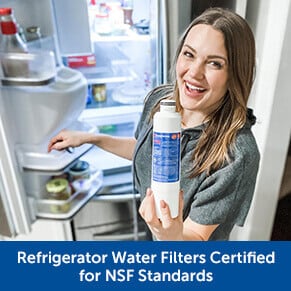



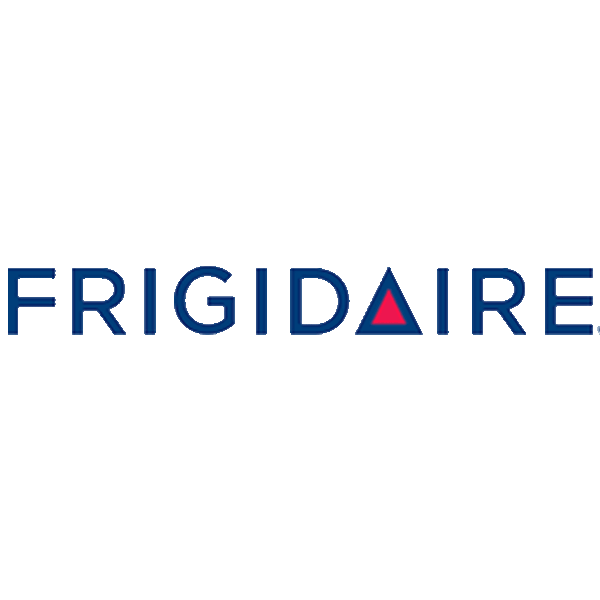


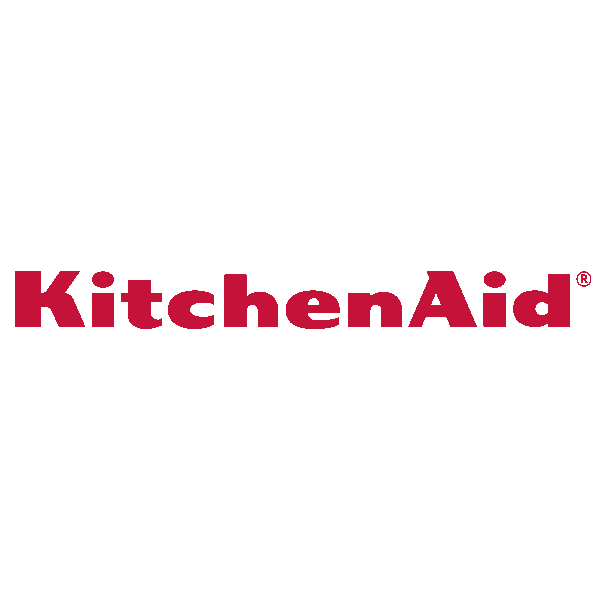
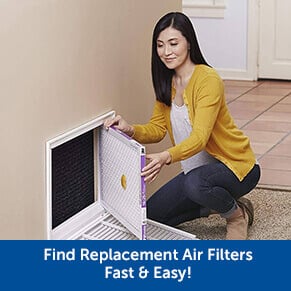

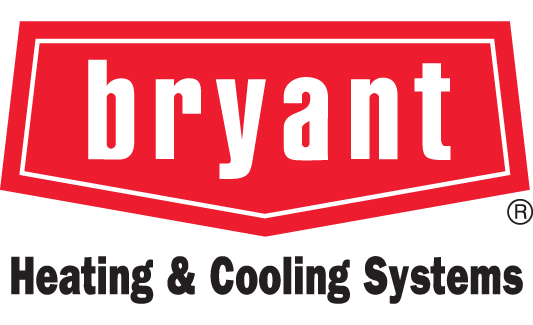
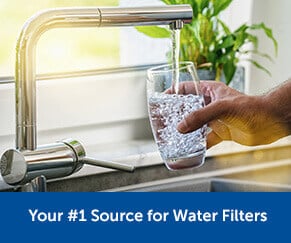

Leave a Reply